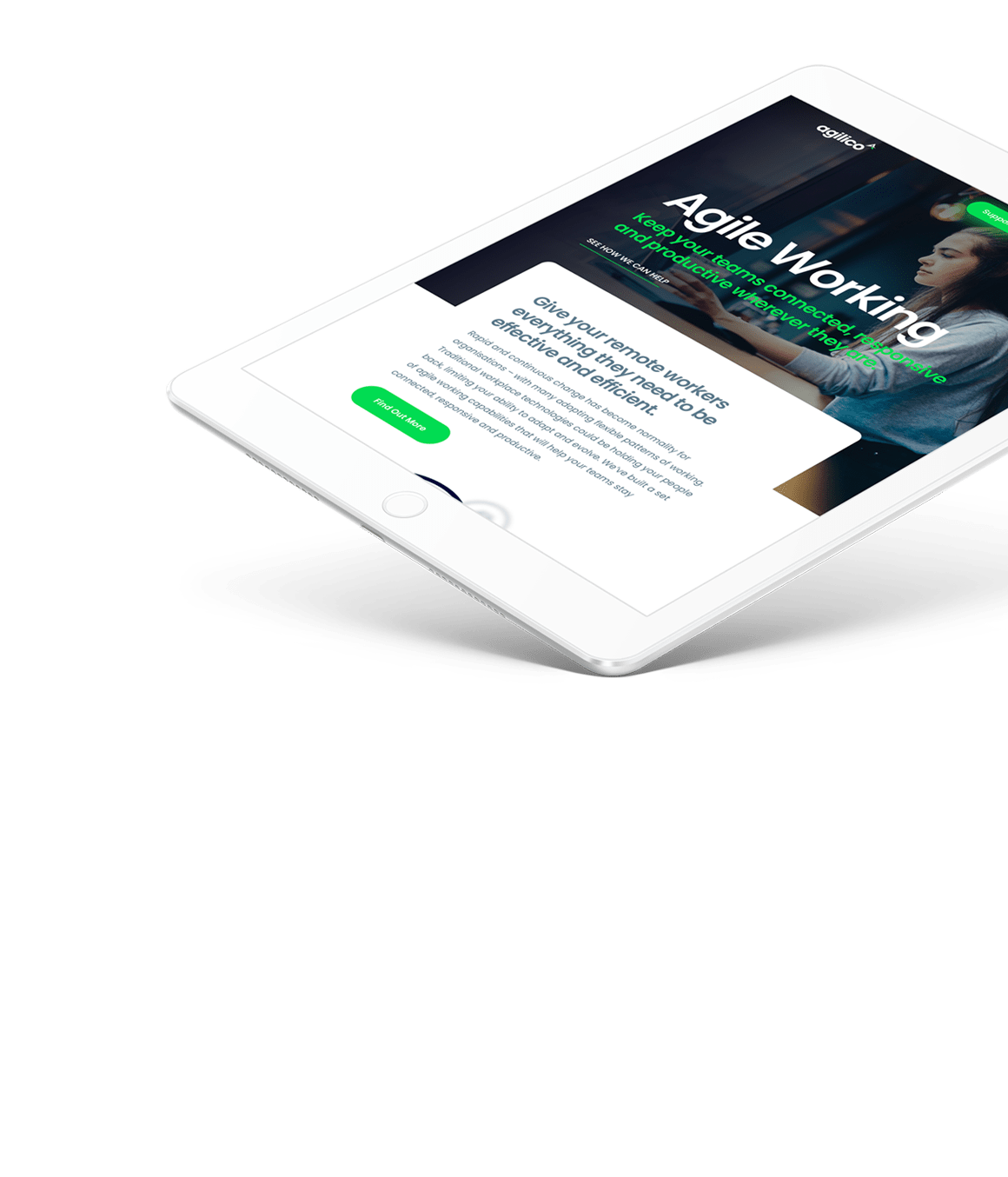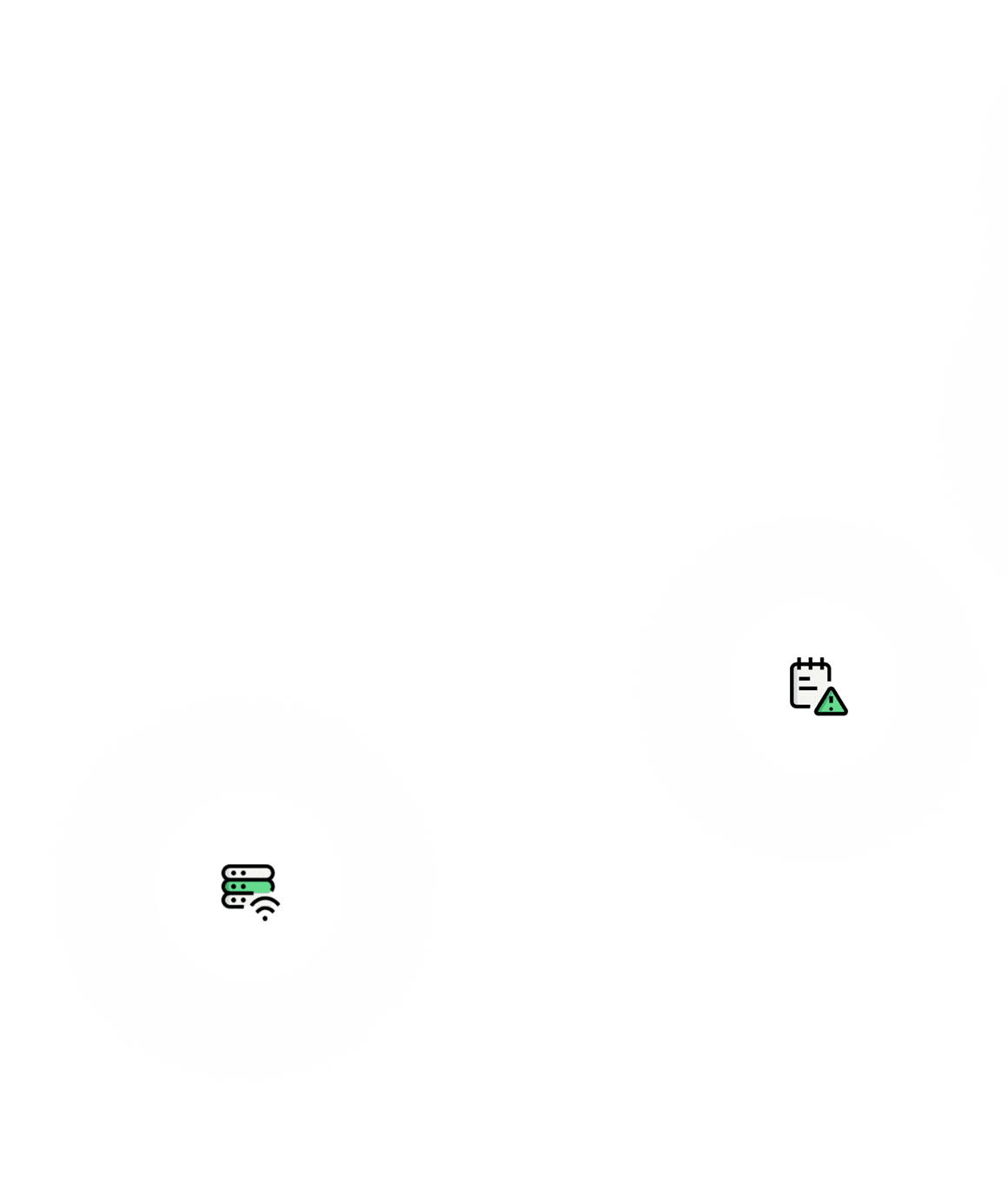Scan, organise and process paper documents in your digital workflow
Capturing and integrating paper assets into your document or information management system will remain a critical part of your operations.
By integrating your multifunctional devices (MFDs) to provide rapid scanning and provide onward processing with smart capabilities such as: OCR, automatic classification, advanced data extraction and more, you’ll empower your teams to process documents and data effectively from any location.
Bridge the gap between paper and digital processes with modern document capture technology.
What is Document Capture?
Document Capture involves extracting information within a range of documents and data into a uniform digital format, for onward use and processing.
This is done with scanning technology which can digitise paper documents, or by employing intelligent software to extract the required information from already digital files. Once information has been captured, it can then be introduced into an information management system or similar digital repository for immediate (and ongoing) use.
Such a system allows organisations to work with and capture information from a wide range of sources and formats, quickly and efficiently.
Paper-Based vs Paperless Processes
Despite the increasing digitisation of business today, the truth is that the truly paperless office is far from a reality. Most organisations still rely on the exchange of paper forms, records and documents to get the job done.
Printed information still drives the fundamental processes and successes of almost any organisation. Pick a key business activity and you can guarantee that printed documents play a fundamental part in the process.
So, while adopting digital tools and ways of working is key, so too is being able to convert data from paper into a usable, digital format.
The MFD, a Gateway to Digitisation
A traditional, basic scanning operation would involve a document being run through a small desktop scanner, perhaps in a small office or workplace. Though this is a simple enough process for a small business, it also presents clear issues – the document can easily be lost or intercepted, and isn’t placed into a readily available source which makes the data searchable.
The modern Multifunctional Device (MFD) is capable of so much more than printing, copying and basic scanning. Powerful on-board applications and pre-built integrations mean that your machines can streamline and accelerate your digital document and workflow processes.
By unlocking the full power of each device, you’ll optimise its ability to capture and digitise documents, automatically classify and route workflow, extract and transform data and more. You’ll be able to connect your digital processes to the advanced capabilities of your MFD fleet.
Can These Activities Be Outsourced?
As organisational data and documentation grows, it may be necessary or preferable to outsource your document capture and archiving activities.
Read more about outsourced scanning and document archiving services to get started.
Distributed Capture Technology
Rather than relying on a single desktop scanner, Distributed Capture involves decentralised document technology in multiple locations, including printers, MFDs and scanners, to capture and introduce information into a centralised digital respository (such as an information management system).
Innovations in document and data capture are beginning to change the historic dependence on paper. With a new generation of embedded capture tools making it possible to bridge the gap between paper and digital documents, this is in turn eliminating the burden of paper in business processes.
For organisations with a variety of paper documents being generated in multiple locations, using MFDs for scanning and indexing at the point of origin makes good business sense. Organisations can save on postage and courier expenses, speed the input of data into workflow and processes, and expedite the movement and retention of critical business documents.
Types of Document Capture Technology
Optical Character Recognition (OCR)
Optical character recognition is software which can convert printed text into a machine readable format, which can then be edited in document processing/management software.
Intelligent Character Recognition (ICR)
Intelligent character recognition is similar to OCR, but slightly more advanced. It can convert handwritten text into a machine readable format, including a variety of handwriting styles. Handwriting styles can be learned as the software is used, further improving the system.
Optical Mark Recognition (OMR)
Optical mark recognition is used to capture response data which is marked/highlighted in multiple choice exam papers, surveys, assessments and so on.
Optical Barcode Recognition (OBR)
Optical barcode recognition can identify barcodes on a variety of documents and capture required information efficiently. The information can then be routed or indexed accordingly.
The Benefits of Distributed Capture
Conclusion
Modern document capture, in the form of distributed capture, is changing how organisations collect, convert and collaborate with information. It is allowing businesses to:
- Work to extend the value of capture beyond the boundaries of centralised scanning operations
- Increase focus on business content and leverage the value of capture to better serve customers and speed the pace of business
- Embrace distributed capture as a platform for increased collaboration and cost savings
- Look for providers and partners with the right combination of capabilities, expertise and vision that will help make the most of technology
Are you capturing documents and data effectively?
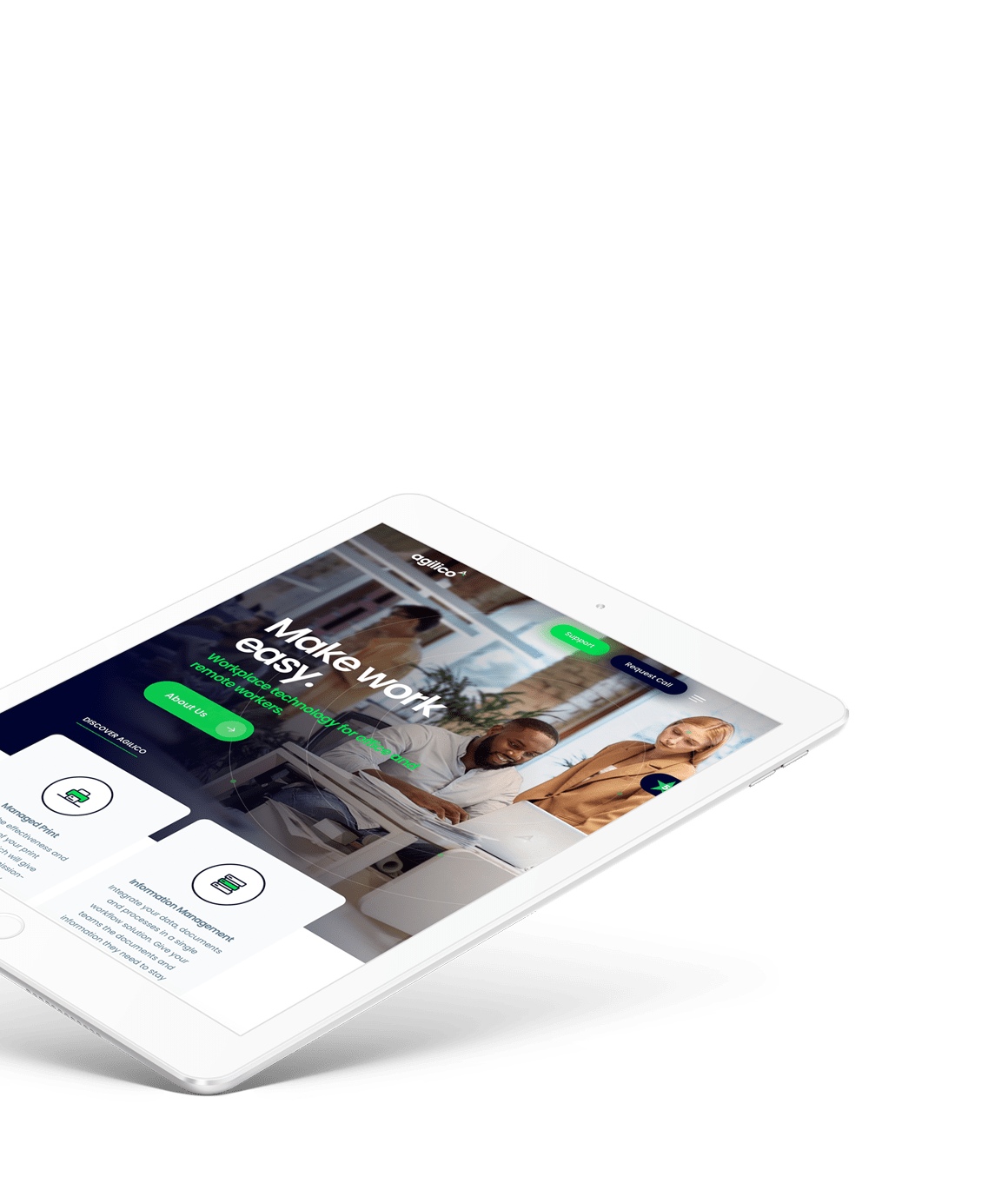
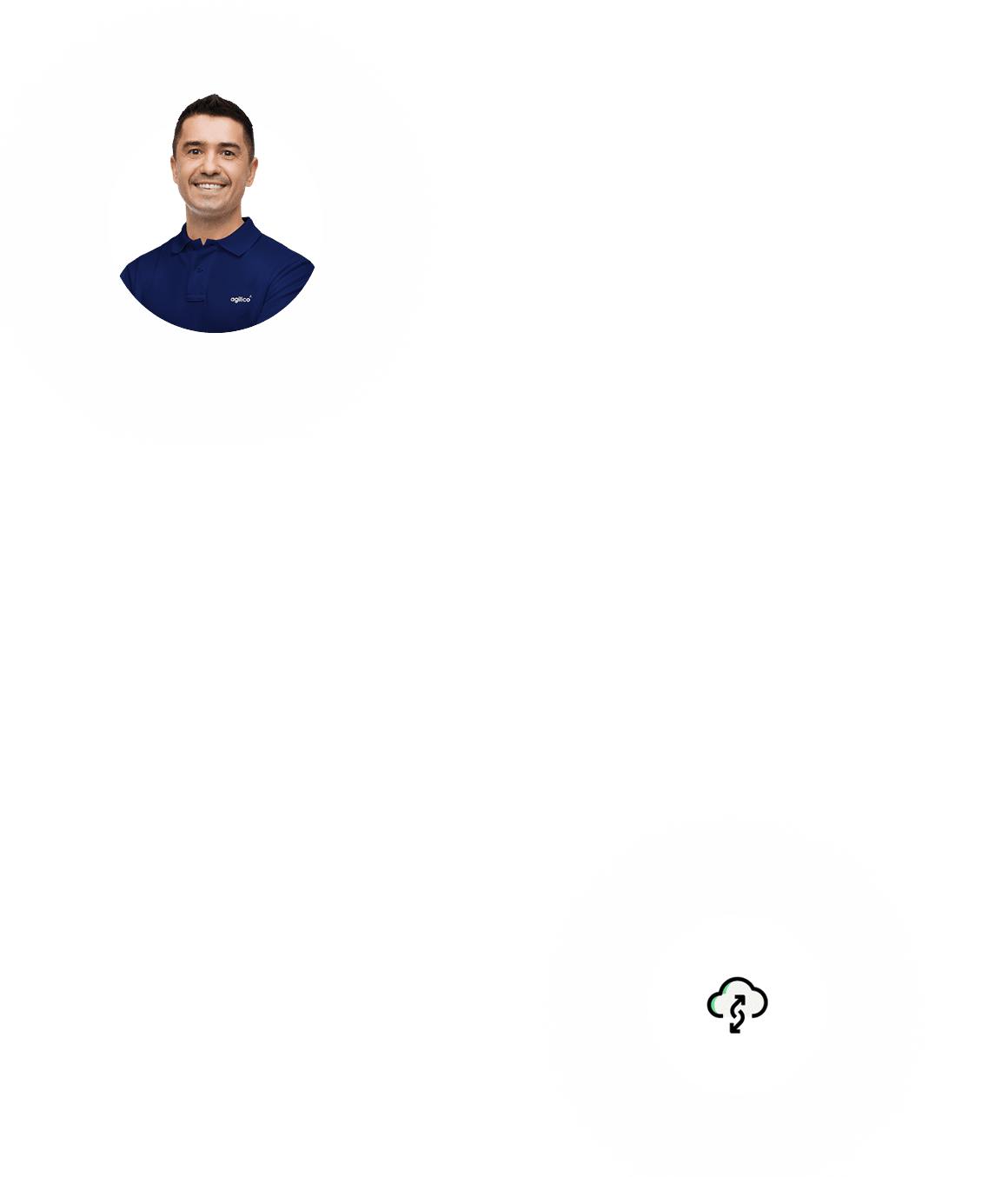
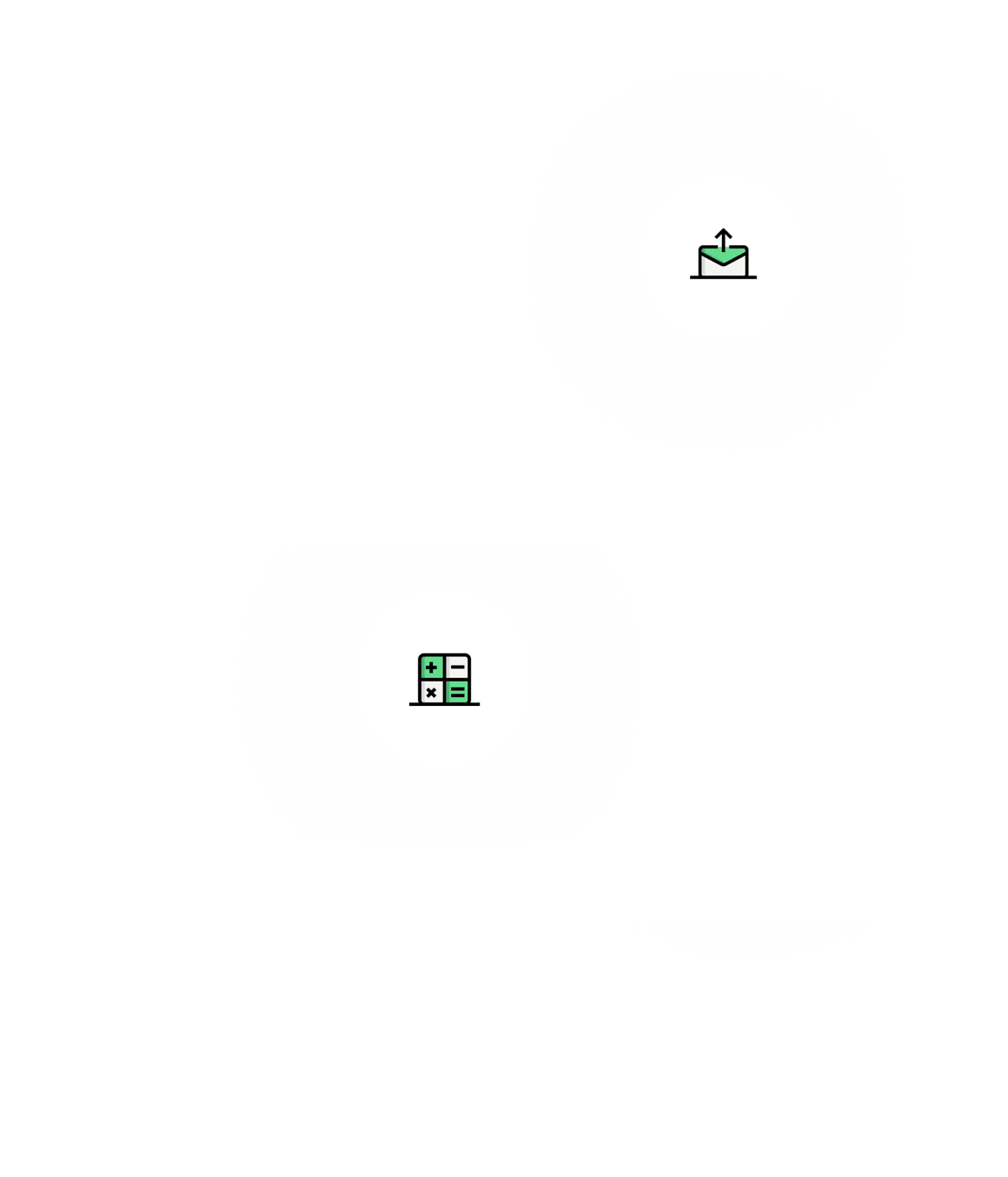

Interested?
Accelerate and automate document capture
Discover how the friendly Agilico team can support you on your journey towards digital transformation.
